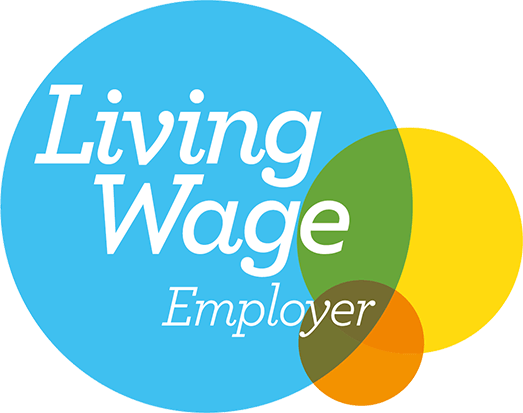News
What are planning conditions and why they mean more than ‘diddly-squat’
28 January 2022
Conditions are not to be taken lightly, which the Amazon Prime star is learning the hard way!

Planning conditions are additional measures attached to the granting of planning permission which must be satisfied for development to proceed lawfully. They seek to mitigate adverse impacts to improve the quality of development, enabling applications to proceed that might otherwise be refused.
Conditions can be linked to trigger points, submission of further information, or long-term compliance and monitoring.
The National Planning Policy Framework (NPPF) requires conditions to meet specific tests. For example, conditions must directly relate to the development in question, be necessary to make the development acceptable in planning terms and be fair and reasonable for the scale and type of development.
How to avoid onerous conditions?
To ensure fewer and less onerous conditions, our advice is to prioritise early and continued engagement with officers. This allows matters which may require the imposition of conditions to be identified early in the process, allowing for scheme changes or preparation of additional information to avoid the need for pre-commencement conditions.
Can conditions be amended?
Section 73 of the Town and Country Planning Act 1990 enables applicants to remove or vary a condition. The local planning authority (LPA) can then grant permission unconditionally, with amended conditions, or they can refuse the application if they feel original conditions should remain. Section 96a applications can also be used to vary wording of a condition and are typically used to alter triggers.
What happens if conditions are not adhered to?
This is a breach of planning control, against which the LPA may take enforcement action at their discretion. If the LPA is unable to first resolve breaches without formal action or a retrospective application, a ‘breach of condition’ notice may be served. This details what action is required and sets a period for compliance. Failure to comply with the notice is an offence and can result in prosecution and a hefty fine. Importantly, unlike other enforcement notices, there is no right of appeal against a breach of condition notice – the only means of challenge is application to the High Court for judicial review.
Where irreparable harm is being caused by a breach, and/or persistent breaches occur, stop notices can be used to prohibit further activity, and the most serious cases can lead to imprisonment. This only applies to extreme cases but certainly should make you think twice about ignoring potential enforcement action!
Enforcement action can happen to anyone, with Jeremy Clarkson’s Diddly Squat Farm the latest high-profile example. The council is dealing with a breach of a condition which sought to prevent the sale of goods not produced on the farm itself or sourced within a 16-mile radius. The condition made the development acceptable – retail premises in the open countryside would usually fall foul of planning policies.
Conditions are not to be taken lightly, which the Amazon Prime star is learning the hard way!
If you require advice on whether intended conditions are onerous for your development, need help to amend these on an existing permission, or want to explore your options in respect of enforcement action, get in touch with our team who will be able to help further.







